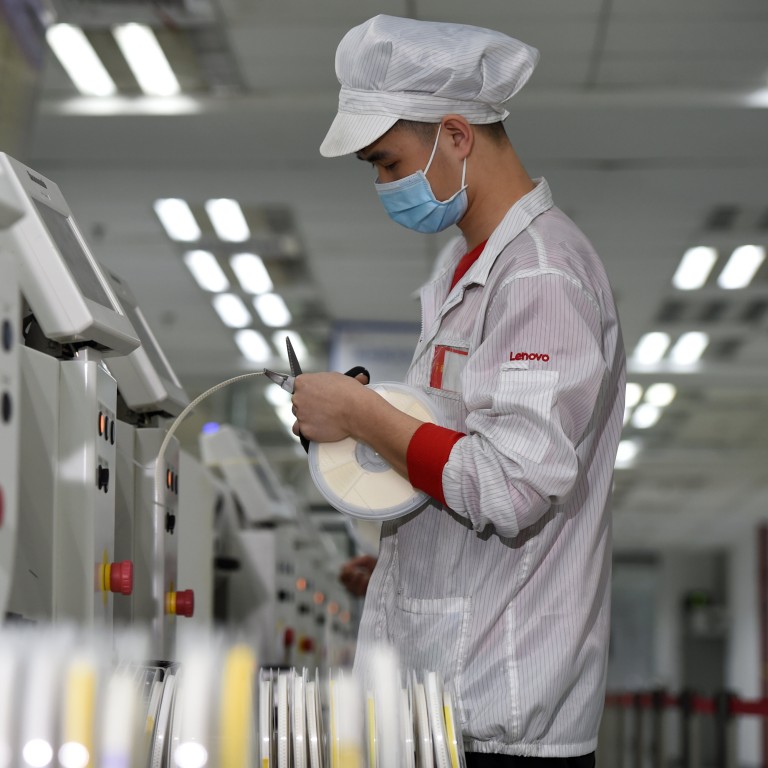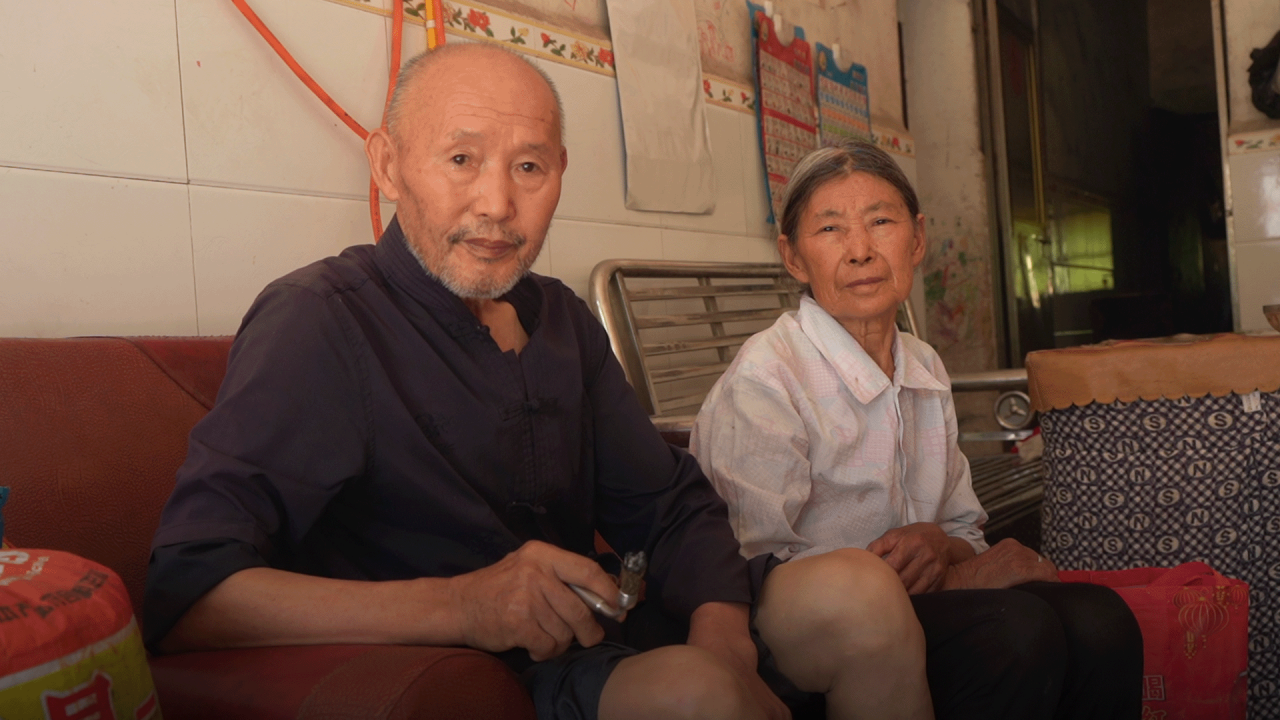
China’s factory activity shrinks for first time in 3 months in August as orders weaken
- Caixin/Markit manufacturing purchasing managers’ index (PMI) slid to 49.5 in August from 50.4 in July
- On Wednesday, China’s official manufacturing PMI rose to 49.4 in August, up from 49 in July
China’s factory activity contracted for the first time in three months in August amid weakening demand, while power shortages and fresh coronavirus flare-ups disrupted production, a private sector survey showed on Thursday.
“The larger-than-expected drop in Caixin manufacturing PMI was more significant than the slight rise in the official PMI, suggesting that downward pressure on industry intensified last month,” said Julian Evans-Pritchard, senior China economist at Capital Economics.
“There is more pain on the horizon given the coming downturn in exports and ongoing property sector woes.”
“The economy is still slowly recovering from a widespread outbreak of Covid-19 in the first half of the year. Yet, local flare-ups and the punishing heatwave have disrupted the trend and created new downward pressures, posing a threat to the recovery,” said Wang Zhe, senior economist at Caixin Insight Group.
Demand remained bleak, with subindices of new orders and new export orders returning to contraction following two months of expansion.
Manufacturers cut jobs for the fifth straight month to reduce costs, adding to worries about the weak labour market which are weighing heavily on consumption and consumer confidence. They also cut back on purchases of materials due to fewer new orders.
One bright spot was a modest drop in input prices, ending 26 months of increases that have sharply squeezed profit margins.
The Covid-19 flare-ups, the extreme heatwave and restricted power usage resulted in a slight deterioration in overall business conditions in the manufacturing sector
“Overall, the Covid-19 flare-ups, the extreme heatwave and restricted power usage resulted in a slight deterioration in overall business conditions in the manufacturing sector,” added Wang.
“Supply remained stronger than demand, with the latter recording a contraction. The job market remained weak, while lower input costs and output prices eased inflationary pressures.
“At the same time, firms were cautious about increasing purchases and inventory levels. Market sentiment remained optimistic, although some were worried about the global economic outlook.”
China economic outlook murky beyond third quarter, as Omicron finds a way
But, as long as the country maintains its strict coronavirus policies, many analysts expect growth to remain subdued and have been cutting growth forecasts for this year and next.
The Caixin PMI is believed to focus on more export-oriented and small firms in coastal regions and is compiled by S&P Global from responses to questionnaires sent to purchasing managers in China.
“Although the central bank has recently cut key policy interest rates to guide banks to lower financing costs for companies and individuals, the effect will depend on market players’ confidence about the future,” said Wang.
“In the face of adverse factors such as recurring Covid-19 cases and natural disasters, there needs to be further subsidies and assistance for poor and low-income groups amid a sluggish job market and shrinking consumer demand.”


